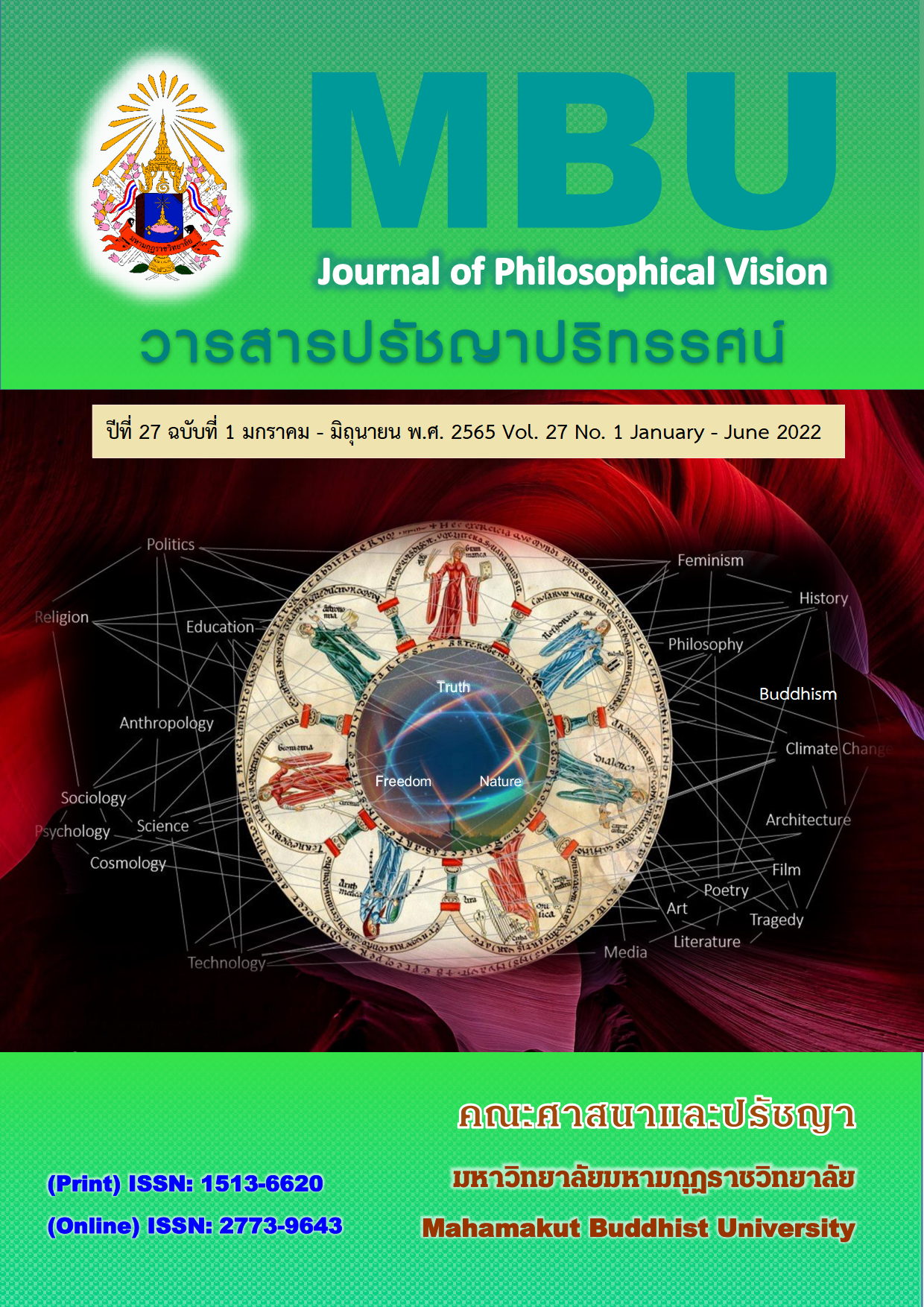Factors Influencing Preservation And Management Of National Performing Arts Intangible Cultural Heritage In Changde, China
คำสำคัญ:
Preservation, Management, National Performing Arts, Intangible Cultural Heritageบทคัดย่อ
The intangible cultural heritage of performing arts is perhaps one of the best examples. The study aims to understand the resident's perception of the national intangible cultural heritage related to performing arts in Changde, China, to study the internal and external factors affecting the preservation of national intangible cultural heritage related to performing arts in Changde, China and to discuss the preservation management of national intangible cultural heritage related to performing arts in Changde, China. This study was intended to use the collection with analysis of qualitative and quantitative data to verify.
There was a significant correlation between the perception of Changde community residents and the protection of the intangible cultural heritage of performing arts to analyze the impact of internal and external factors on Changde national performances for how to influence the preservation also the management of artistic intangible cultural heritage. Thereby, promoting the preservation and management of Changde national performing arts intangible cultural heritage provides reference data for the intangible cultural heritage management center, cultural education departments, intangible cultural heritage inheritors, and adjust policies according to all influencing factors, formulate response strategies, and be targeted to promote the intangible culture of Changde national performing arts further development of the heritage.
Downloads
เอกสารอ้างอิง
Ananya, B. (2011). Heritage and Creative Enterprise. International Journal of Intangible Heritage. 2011(6): 100-104.
Bai, X.B. (2018). Discussion on the protection of grassroots intangible cultural heritage in the standardization era. Cultural heritage, 2018(6): 19-27.
Dwyer, L., Forsyth, P. & Spurr, R. (2005). Estimating the impacts of special events on an economy. Journal of Travel Research, 43(4): 351–359.
George, E.W. (2010). Intangible cultural heritage, ownership, copyrights, and tourism, International Journal of Culture, Tourism and Hospitality Research, 4 (4): 376-388.
Huang, J.Z., Li, M. & Cai, L.A. (2010). A model of community-based festival image. International Journal of Hospitality Management, 29(2): 254–260.
Leask, A., & Rihova, I. (2010). The role of heritage tourism in the Shetland Islands. International Journal of Culture, Tourism and Hospitality Research, 4(2): 118-129
Li, T. (2018). Empirical analysis on local legislation of intangible cultural heritage. Huxiang BBS, 31 (05): 135-145.
Miroslava, L.K. (2012). Management and production of intangible cultural heritage example in serbia, Traditiones.
Ned, K. (2013). Putting Intangible Heritage in its Place(s): Proposals for Policy Practice, International Journal of Intangible Heritage, 8(10): 20-36.
UNESCO. (2006). Tourism, Culture and Sustainable Development: Program Culture, tourism, development, Division of cultural policies and intercultural dialogue, Culture Sector, UNESCO.
Wang, J. (2018). Analysis on archive management optimization of intangible cultural heritage based on block chain technology. Beijing archives, 2018(10): 28-30.
ดาวน์โหลด
เผยแพร่แล้ว
รูปแบบการอ้างอิง
ฉบับ
ประเภทบทความ
สัญญาอนุญาต
ลิขสิทธิ์ (c) 2022 วารสารปรัชญาปริทรรศน์

อนุญาตภายใต้เงื่อนไข Creative Commons Attribution-NonCommercial-NoDerivatives 4.0 International License.
บทความวิชาการและบทความวิจัย ในวารสารฉบับนี้ ถือเป็นความรับผิดชอบของผู้เขียนเท่านั้น
สงวนลิขสิทธิ์ตามพระราชบัญญัติลิขสิทธิ์






